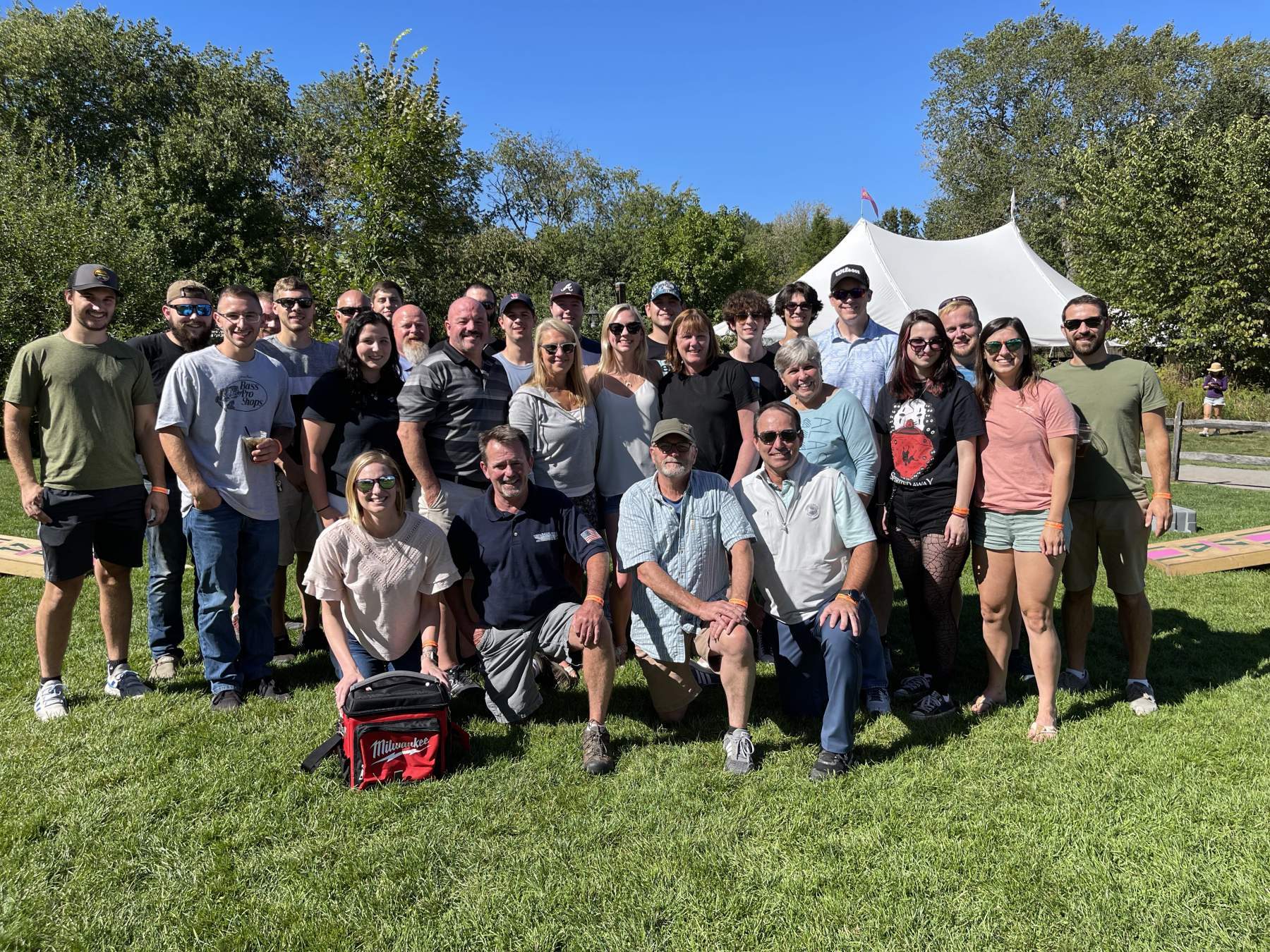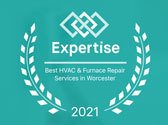Options for Improving Indoor Air Quality
There has always been a need for indoor air quality. Sadly, most homes do not have enough, leaving the majority of homeowners living with poor indoor air quality.
Here in the Northeast, there are several factors that contribute to poor indoor air quality. In particular, we deal with excessive humidity in the summer season, as well as a lack of adequate humidity in the winter. And, of course, there are the particulates that are present all year long, including dust, pollen, pet dander, dust mites, gases, odors and, last but not least, germs. This year, with the added concern of COVID-19, a lot of homeowners and businesses are looking to improve their air quality.
Let’s explore some of the most common ways to address indoor air quality below.
Filtration
Filtration is the most common air quality product. This process prevents the indoor HVAC system from accumulating dust and other indoor particulates. Should you choose to go this route, a high efficiency media air cleaner is the best filtration for your money. We recommend choosing one with at least a MERV-8 filter. Electronic air cleaners cost a lot more money to install, operate and maintain.
Humidification
The second most common air quality product for your home is humidification. This is most noticeable to those who either don’t have enough during the winter or have too much during the summer. Too much humidity can also be an issue in finished basements.
If you want to add humidification during the winter season, there are a lot of products and options available to you. Similar to filtration, the best approach with humidification is to keep it simple and take care of it.
Aprilaire humidifiers made by Research Projects are the best humidifiers on the market, dollar for dollar. They have three models designed for forced hot air systems. The Aprilaire 600 by-pass humidifier is the most common. It is a trickle-through humidifier that requires no reservoir of standing water. The model 700 is a power trickle-through humidifier that also works well.
Both the 600 and 700 models add moisture to the air whenever your forced hot air heating system is operating. Keep in mind, however, that these types of humidifiers can only do so much based on heating cycle times and, in reality, may also offset how dry your home air will drop to.
If you want true humidification, the Aprilaire model 800 steam humidifier is your best bet. The model 800 boils water in a steam canister and then distributes it into the duct system. At the same time, it will communicate to your forced hot air unit and turn the fan on to distribute it without turning on the heat. This thereby enables you to genuinely humidify your home.
Dehumidification
Another option for improving indoor air quality is to dehumidify your home during the summer. You can do this automatically if you have central or ductless air conditioning. If you have forced hot water baseboard or radiant heat, however, you may need to add Mitsubishi ductless units. This will help to cool your home and dehumidify it at the same time. Mitsubishi ductless units provide very low-cost heating and cooling and feature a dehumidification mode designed to remove unwanted moisture without lowering or raising the temperature.
UV Lights
Purified air has become a more important indoor air quality concern than ever, particularly with the COVID-19 outbreak. UV light is the best way to neutralize bacteria, mold, fungi and, yes, viruses. There are several models of UV lights made by Field Controls that can easily be incorporated into your home. The two most popular options include a duct mounted UV light in an existing forced hot air system or a self-contained unit that’s designed for homes without ductwork. The Fields Trio portable UV air purifier is sized to cover 1,000 square feet.
Fresh Air
Last but not least, you can improve the quality of air inside your home by introducing outside air. New building codes have tightened up homes for energy savings and, as such, it has become more apparent than ever that changing the air in tight homes is not only a good idea, but a necessity.
The only efficient way to do this is with an Energy Recovery Ventilator (ERV) made by RenewAire. This product not only removes old, stale, contaminated air and introduces fresh air from outside, but it also retains a good portion of the energy in the air and puts it back into your home through the RenewAires extraordinary static plate exchange core. This provides much cleaner and more efficient fresh air.
At Wilson Brothers Heating & Air Conditioning Inc., we specialize in the professional installation and maintenance of in-home air-quality products, including all of the products listed above. For more information or to receive a free, no-obligation quote, please contact us today!








